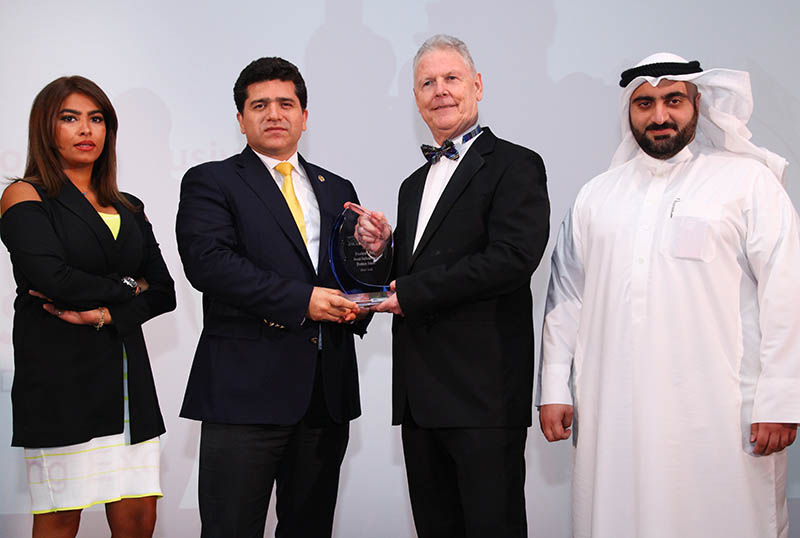- Rotana’s Mobile App gives customer the option to “click to call” contact customer service through voice or video over wifi and 3G
- Rotana will be the first hotel in the region to pilot the new technology driven by innovation and customer focus
- State-of-the-art global contact center capable of handling thousands of calls located in Abu Dhabi
 Rotana, one of the leading hospitality management companies in the Middle East and Africa, will be piloting a new Avaya video-enabled contact center service for existing and potential guests via a mobile application for the first time in the region, which will be demonstrated on the Avaya stand at GITEX 2012. The application will allow customers to connect with Rotana customer service centers through different modes of communication, enhancing customer choice and Rotana’s connectivity with its guests.
Rotana, one of the leading hospitality management companies in the Middle East and Africa, will be piloting a new Avaya video-enabled contact center service for existing and potential guests via a mobile application for the first time in the region, which will be demonstrated on the Avaya stand at GITEX 2012. The application will allow customers to connect with Rotana customer service centers through different modes of communication, enhancing customer choice and Rotana’s connectivity with its guests.
Rotana is the first group of hotels in the Middle East to pilot video-enabled customer service as well as a next-generation communications infrastructure. This innovative technology provides an immediate visual communication option which can enhance the way customers travel, delivering a more personal and experiential level of interaction. By integrating social media into their new mobile application Rotana will enable customers to search for and book a room, and with the new “click to call” option, guests can speak with a live customer service agent via voice or video over wifi or 3G.
Rotana Group selected Avaya based on the company’s expertise in the hospitality sector, providing resiliency, reliability, and innovative communication offerings to hotels and resorts throughout the Middle East. Using Avaya’s solutions, Rotana began with upgrading the company’s telephony infrastructure across the GCC, Levant and North Africa, before enhancing its portfolio to include a full range of offerings such as voice, wifi, and data. Furthermore, due to Avaya’s flexible and scalable solutions, Rotana can plan for future growth while enhancing customer service for its existing properties.
In addition, Avaya has recently delivered Rotana’s global call center in Abu Dhabi, which can handle thousands of calls a day. The center is also equipped with special rooms to manage video calls, enabling potential guests to use their device of choice to confirm bookings, discuss loyalty program points and learn more about current offers.
As demonstrated by its relationship with Rotana, Avaya stands by its commitment to bring The Power of We™ to every Avaya customer, helping businesses to drive faster collaboration, smarter decisions and better business results.
Avaya will be at this year’s GITEX in Zaabeel Hall C-20, showcasing a range of services for the hospitality sector, including the pilot video call system pilot.

